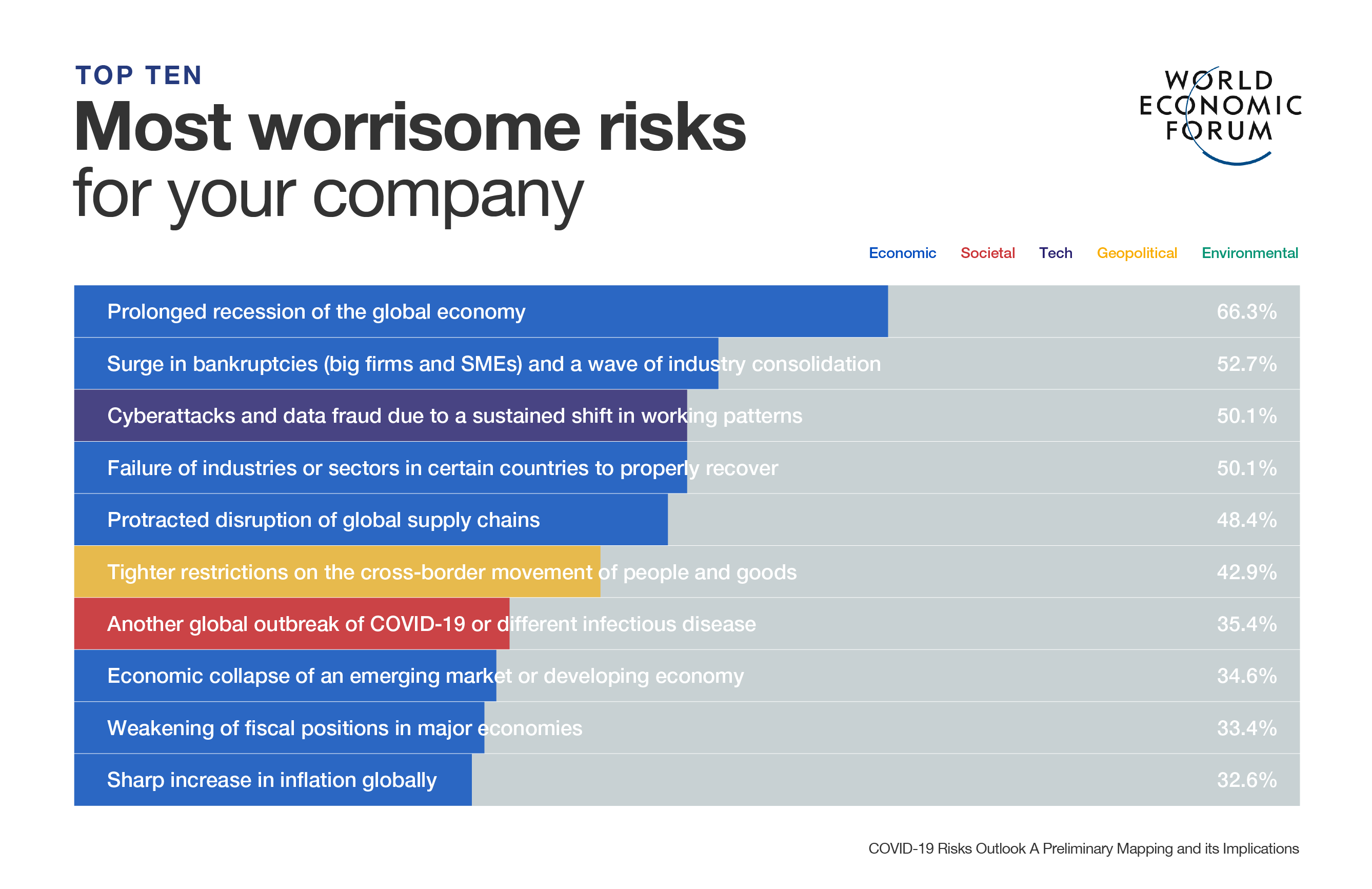This chart shows how employment in the US today compares to pre-pandemic times

Pandemic's impact on employment: The US lost nearly 20 million jobs during the COVID-19 pandemic.
Image: Unsplash/Paul Cuad
Stay up to date:
Economic Progress
- The US lost nearly 20 million jobs in a matter of weeks during the COVID-19 pandemic.
- And while the economy as a whole has now recovered, certain sectors are still struggling.
- Leisure and hospitality as well as the public sector are both lagging behind in the jobs recovery, as the following charts shows.
When the Covid-19 pandemic hit the U.S. economy with full force in March 2020, stifling economic activity and erasing nearly 20 million jobs in a matter of weeks, many had hoped that this crisis would go away as quickly as it had arrived. And while most sectors and the economy as a whole have now recovered the jobs lost in spring of 2020, there are still some gaps in the recovery, as the following chart shows. The leisure and hospitality sector in particular is still almost a million jobs short of its February 2020 level, with the public sector also lagging behind in the jobs recovery.
While these numbers could be interpreted as continued weakness in the affected industries, they are to a large extent the result of employers’ difficulty to fill open positions. According to the latest JOLTS report, there were more than 1.5 million job openings in leisure and hospitality at the end of November, with 1.3 million unfilled positions in accommodation and food services alone. The same is true for government jobs, of which roughly 960,000 remained unfilled in November.
With total nonfarm employment exceeding the February 2020 (i.e. pre-pandemic) level by 1.2 million in December and job openings hovering above 10 million, the U.S. labor market remains very tight. That means labor demand outstrips supply be a significant margin despite the Fed's efforts to balance them out, which would relieve upward pressure on wages and thus cool inflation.

What is the World Economic Forum doing to manage emerging risks from COVID-19?
Accept our marketing cookies to access this content.
These cookies are currently disabled in your browser.
Don't miss any update on this topic
Create a free account and access your personalized content collection with our latest publications and analyses.
License and Republishing
World Economic Forum articles may be republished in accordance with the Creative Commons Attribution-NonCommercial-NoDerivatives 4.0 International Public License, and in accordance with our Terms of Use.
The views expressed in this article are those of the author alone and not the World Economic Forum.
Related topics:
Forum Stories newsletter
Bringing you weekly curated insights and analysis on the global issues that matter.
More on Economic GrowthSee all
Samir Saran and Anirban Sarma
April 17, 2025
Lucia Fry and Naomi Nyamweya
April 17, 2025
Nada AlSaeed
April 16, 2025
Aengus Collins
April 15, 2025
Spencer Feingold
April 15, 2025






